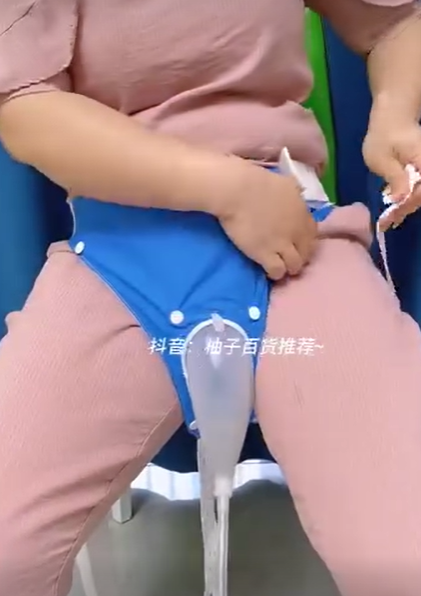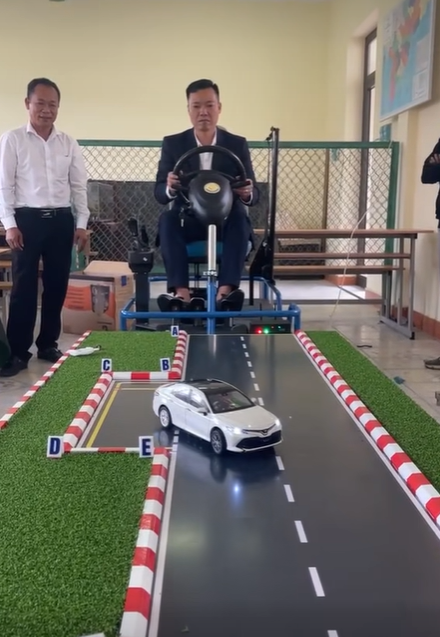
In a quiet classroom setting, a group of professionals gathers around a unique driving simulator.
At the center sits a man in a business suit, focused and composed, gripping a steering wheel mounted to a mechanical rig.
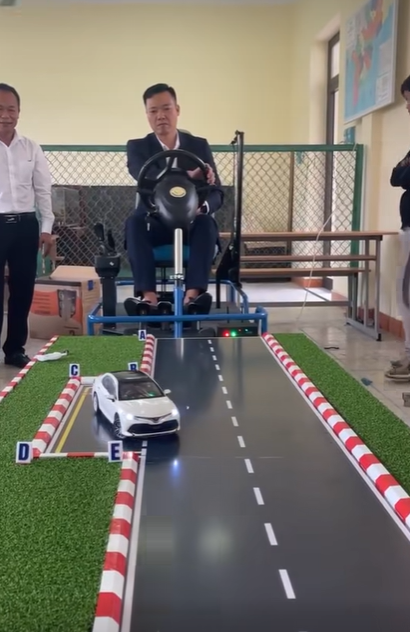
Before him lies a miniature test track—carefully crafted with roads, grass-like surfaces, and labeled zones.
Remote Driving in Action
The steering wheel comes to life. As the man turns it gently, the small white car on the test track begins to move in perfect synchronization.
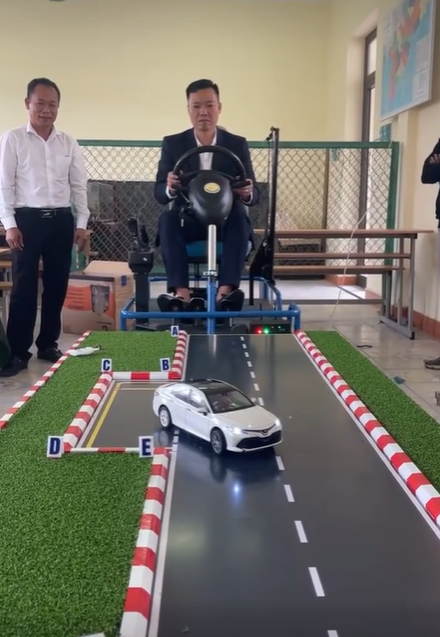
With precision and control, the vehicle maneuvers through tight turns and approaches the section labeled with points “C,” “D,” and “E”—a parking challenge likely meant to mimic real-world scenarios.
Teaching Precision and Control
This demonstration highlights not only the driver’s skill but also the impressive integration of mechanical simulation and model vehicle response.
The mini car swerves, aligns, and makes adjustments just like a real vehicle would in a driving test.
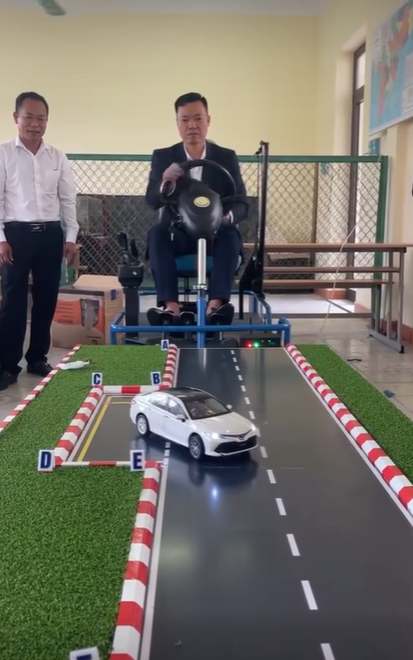
Onlookers watch with interest—clearly engaged by the educational potential.
A Scaled-Down Revolution in Driving Education
This isn’t just a toy. It’s a scalable teaching tool for new drivers, showcasing the physics of steering, the importance of spatial awareness, and the mechanics of navigating obstacles.
Such simulations could make driving education more accessible and interactive, especially in controlled environments like schools or training centers.


